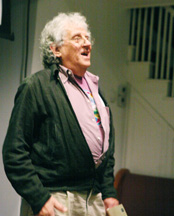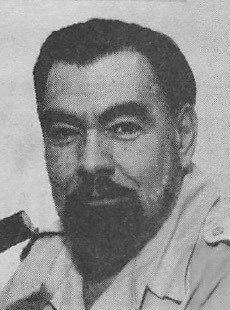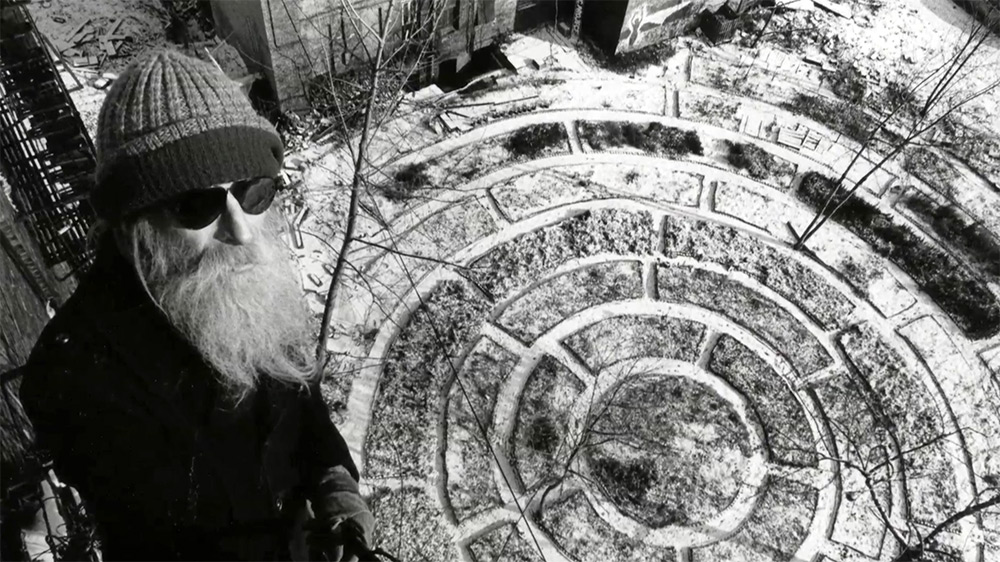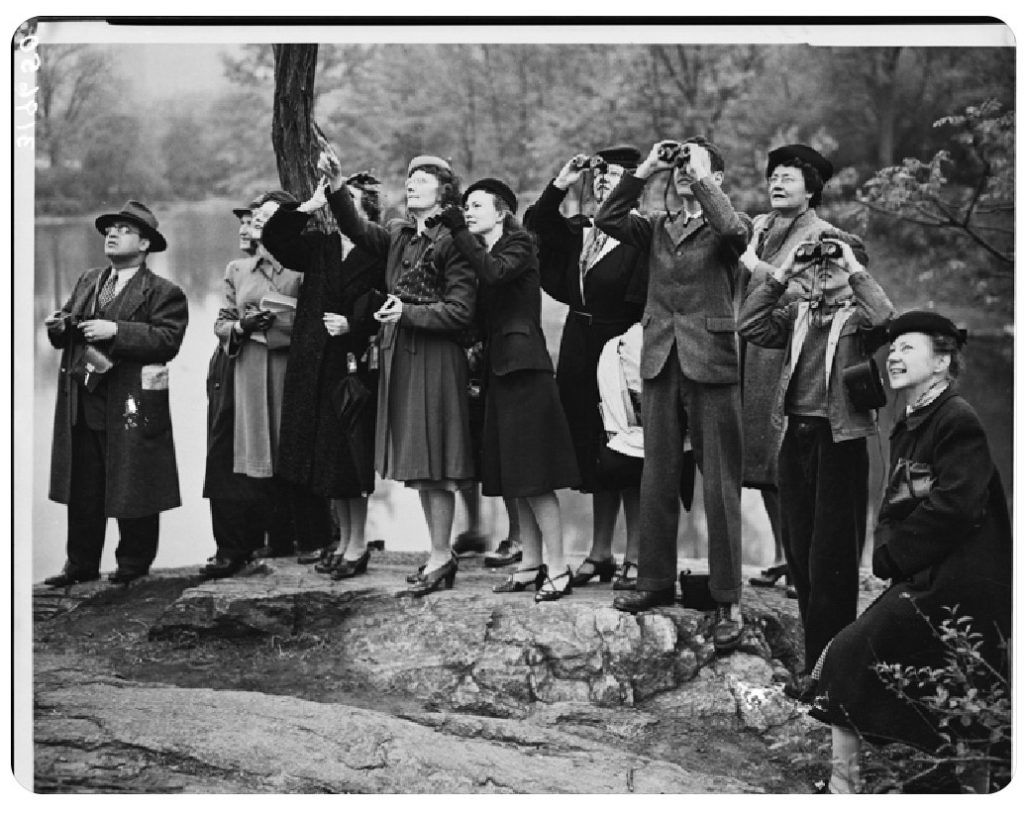Eric Salzman, 1933-2017

It’s with great sadness, that I share with you the passing of Eric Salzman (September 8, 1933 – November 13, 2017), suddenly of a heart attack, Sunday evening at his home in Brooklyn. His wife, Lorna, was with him. Not only an internationally known composer, Eric was one of the most interesting and knowledgeable birders in the New York/Long Island area. His was involved with the Linnaean Society, Brooklyn Birding Club, South Fork Natural History Museum, Eastern Long Island Audubon Society and the American Birding Association. His ability to ID birds by sound was remarkable, and his near-daily blog from his summer home in East Quogue was informative and a joy to read. Expressions of sympathy can be sent to his wife, Lorna, his daughters, son-in-law, and his granddaughter at 29 Middagh Street, Brooklyn, NY 11201.
I will miss you, my dear friend, — Eileen Schwinn, East Quogue
I knew Eric was not well, but he was so enthusiastic and such a good leader. He could watch a flock of Common Terns flying and pick out the one Roseate mixed in with the flock. He was so inspiring. We always looked forward to his trip to Eastern Long Island. We always started on Dune Road, and every trip we had a surprise bird. This past June he identified a very distant Western Sandpiper. He taught us how to identify a distant shorebird such as a Western Sandpiper. Because of his musical talent and sharp hearing, he could identify many species by just listening.
We all feel so sad that he has passed We all miss him so much. We will always remember him and all he contributed. Eric was such a fine and caring person. — Anne Lazarus
Wikipedia: Eric Salzman
Eric Salzman, Composer Who Championed Avant-Garde, Dies at 84. NY Times, Nov. 24, 2017




